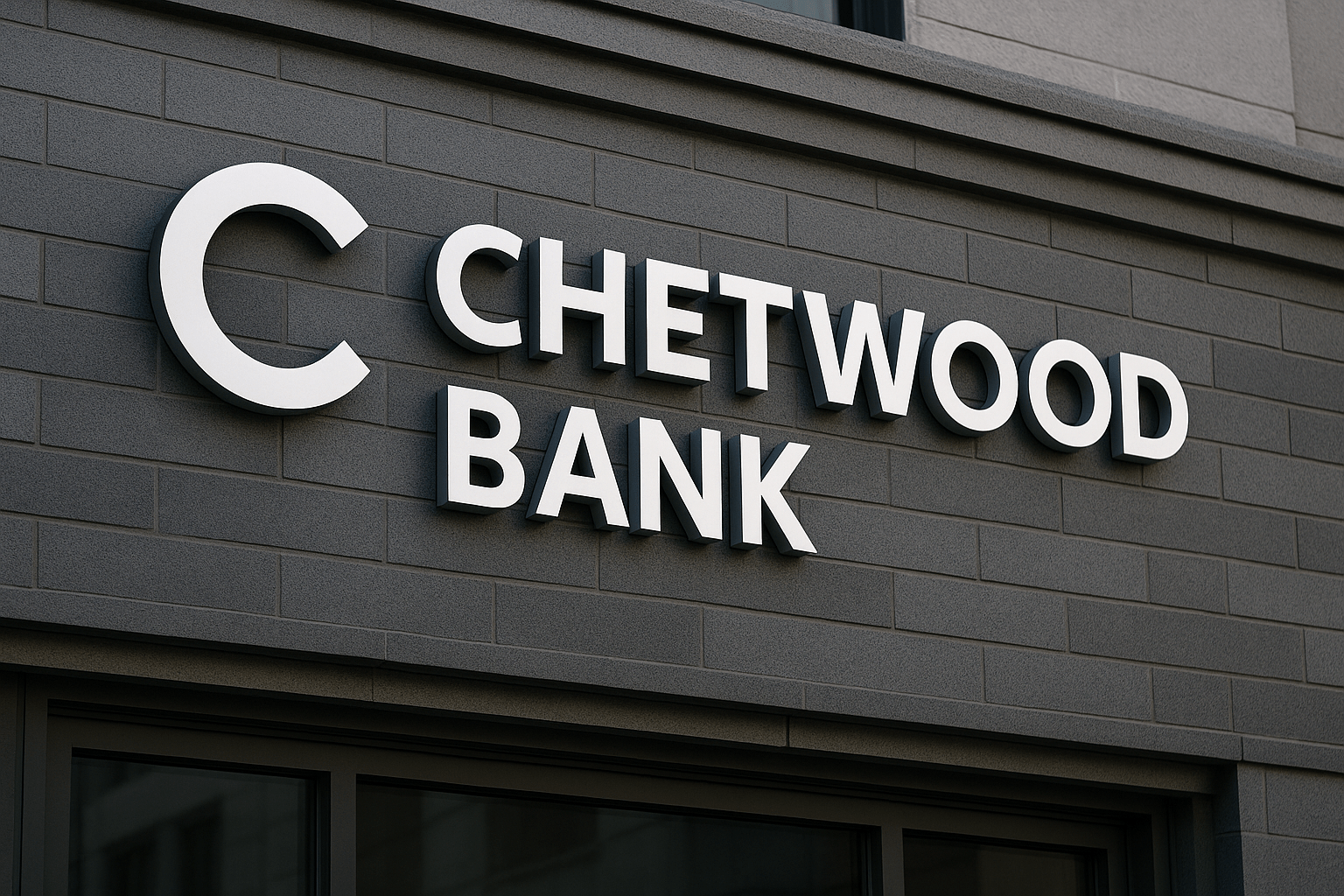It’s not often you see a bank rise from relative obscurity to become one of the most intriguing players in the modern finance space. Chetwood Bank has done just that—not by mimicking the methods of traditional banking giants but by forging its own path. Founded with the intent to simplify personal finance, Chetwood Bank represents more than a new name in fintech—it represents a mindset shift.
The Roots: Why Chetwood Bank Even Exists
It all began with a question: Why do banks feel impersonal? For years, the average customer interacted with financial institutions as if they were cold, inflexible machines. Chetwood Bank stepped into this environment with a clear intention—not to create just another bank, but to reshape the way people perceive and interact with financial services.
From its very beginnings, Chetwood Bank was designed with a singular focus: the customer. It didn’t aim to build marble-floored branches. It aimed to build trust. And trust, in Chetwood Bank’s philosophy, starts with clarity, convenience, and doing away with unnecessary complexity.
Tech That Feels Like Service
When people talk about fintech, the conversation often veers into the realm of features—apps, dashboards, automation. But at Chetwood Bank, the tech is simply a tool to deliver something bigger: peace of mind. Whether it’s with credit-building products like LiveLend or with savings accounts that actually reward loyalty, their tools are built with purpose.
The real standout isn’t just how smooth the interfaces are (though they are), but how Chetwood Bank listens. Updates roll out not because of internal planning but because real users hit friction points. Every improvement speaks to a quiet dialogue happening between users and the institution, where feedback loops into product evolution.
The Culture Behind the Screens
What many don’t see—because it doesn’t always make flashy headlines—is the team culture behind Chetwood Bank. It’s not a top-down bureaucracy. It’s lean, agile, and surprisingly personal. Leadership at Chetwood Bank isn’t about hierarchy; it’s about solving real problems in people’s financial lives.
This attitude leaks into every aspect of their operation. Product managers sit in on customer support calls. Engineers read feedback logs. Decisions are made not in echo chambers but by tapping into the real heartbeat of the people they serve. That empathy-led framework is why Chetwood Bank can respond faster, make bolder moves, and avoid the bloated processes that often plague legacy institutions.
How Chetwood Bank Builds for Real People
Let’s talk about financial inclusivity. While some banks still make it hard for people with less-than-perfect credit to get a fair shake, Chetwood Bank designs products around real life, not ideal conditions. Their credit scoring models don’t just look at the past—they try to see potential. That means customers who might be dismissed elsewhere find access here.
Savings, too, are handled with nuance. Instead of blanket approaches, Chetwood Bank has explored tiered solutions, tailored interest schemes, and dynamic offers. Their goal isn’t just to offer a product. It’s to make that product feel like it fits—like it was designed just for the user, not the general market.
Trust Isn’t a Tagline
In banking, trust is currency. And you don’t build trust with slogans; you build it with action. Chetwood Bank’s approach to data privacy and transparency sets a high bar. Instead of fine print, they use plain language. Instead of hiding fees, they explain why things cost what they do. And instead of pushing products for profit, they position services based on suitability.
This philosophy is especially visible in how they handle credit limits, interest rate adjustments, and account alerts. They aim to keep users informed—not surprised. That builds long-term relationships, not transactional ones.
The Road Ahead: Can Chetwood Bank Scale with Integrity?
That’s the big question. Can a bank that began as a customer-first challenger maintain its values as it grows? So far, the answer seems cautiously optimistic. Their expansion strategy hasn’t involved flashy marketing campaigns or aggressive cross-selling. It’s been organic, earned through loyalty and word of mouth.
Chetwood Bank seems to understand that scale without soul is a hollow victory. So they continue to invest in customer experience, backend reliability, and adaptive product design.
They’re not chasing trends. They’re building substance.
Chetwood Bank in the Bigger Picture
The banking landscape is evolving. Neo-banks rise fast but often burn out just as quickly. Chetwood Bank, on the other hand, plays the long game. While others look for viral success, they look for lasting relevance.
In a market where flash can overshadow function, this quiet commitment to service makes Chetwood Bank a standout. It might not always be the loudest voice in the fintech chorus, but it’s often the one people remember—because it helped when it mattered.
Closing Thought
Chetwood Bank didn’t arrive to follow rules—it arrived to question them. And in doing so, it’s rewritten what a bank can be. Whether they’re crafting tools for better credit or reimagining savings structures, they’re not chasing disruption for the sake of it. They’re designing change where it counts—in people’s daily lives. That’s not just fintech. That’s finance done right.




